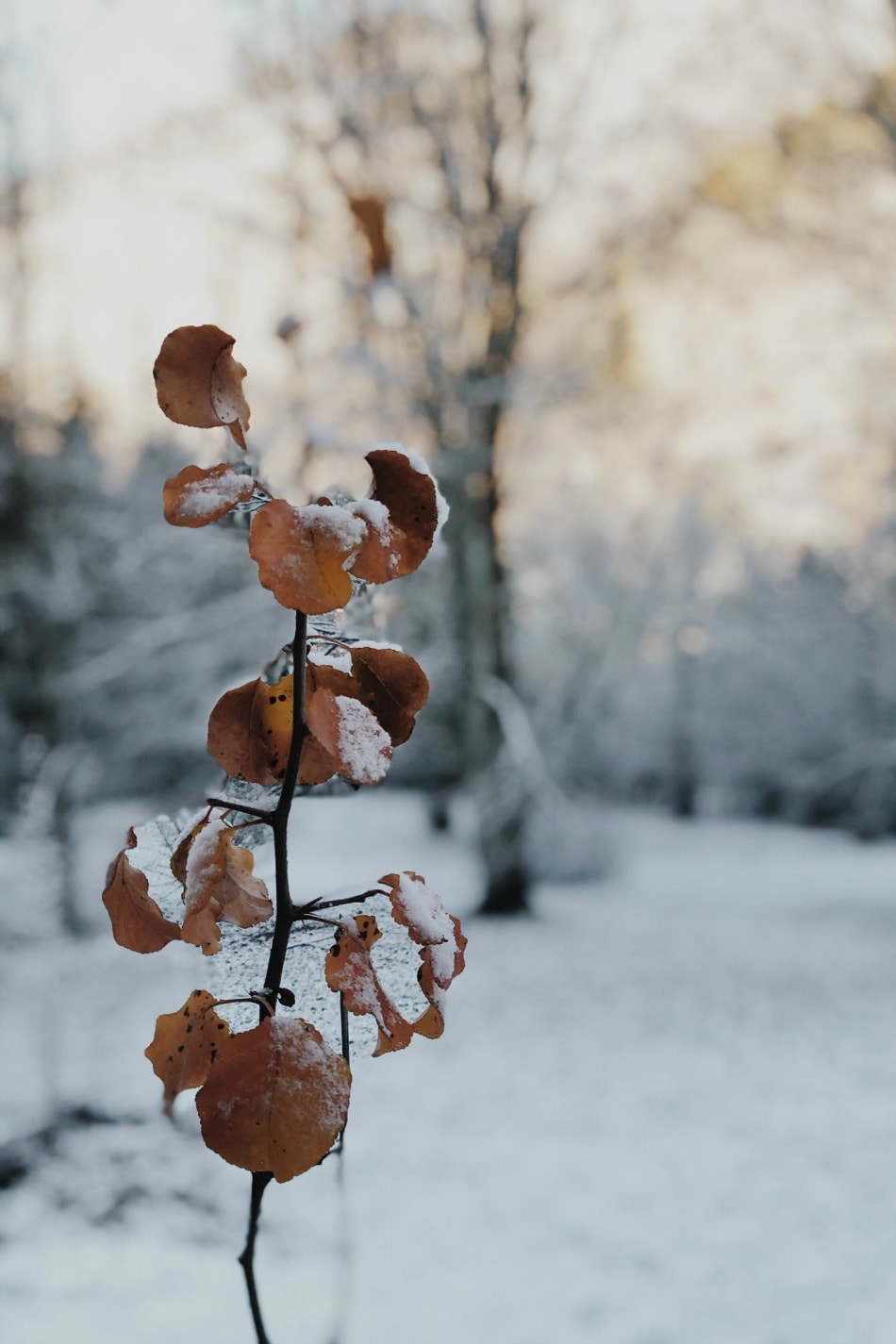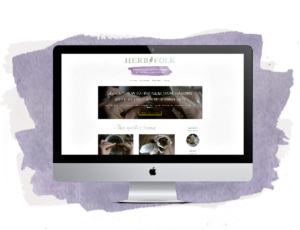
Traditionally, winter has always been a time to slow down and rest. The days are short, and the nights are long. The weather is typically cooler. We go out less, and we tend to eat heartier foods. When we do get together with others, our celebrations are festive and meaningful. We show our gratefulness by gifting thoughtful things to those we care about and by sharing the bounty of a meal. We also take time to do things that are nourishing to us, whether that’s through incorporating handicrafts, such as knitting, whittling, or baking, into our day, curling up by the fire with some hot cocoa and a good book, or creating a new herbal wellness routine for winter.
According to the Chinese Five Phase theory, winter is represented by the element of water. Water is heavy. It is downward moving. It is cool and moistening. Water has the ability to cleanse, but it also has the ability to destroy. It’s often associated with the color black, cold weather, darkness, and salty flavors.
When it comes to incorporating herbal nourishment into our diets during these long, cold days of winter, we can look to the element of water and let it guide us. There are two categories of herbs that are linked with the water element and can be used to nourish the body during this season.
One category of herb you can incorporate into your daily wellness routine during this season is nutritive herbs.

Herbal Nourishment For Winter Through Nutritive Herbs
Nutritive herbs contain more significant amounts of vitamins and minerals, and these herbs tend to be food-like herbs. Livestock often consume these herbs as part of their fodder. You will find them included in smoothies and green drinks in high-end drink shops. They can also be added to salads and soups to boost the nutritional content of the meal. These herbs are often the first green plants to grow in the spring, and they provide nourishment for animals and humans alike after the long, sparse winter.
Nutritive herbs are associated with the water element as they are cooling, nourishing, juicy, and salty-tasting, and they promote the flow of the fluids, such as blood, lymph, and water, in the body. When it comes to improving the flow of fluids in the body, there are several things we can do to keep these fluids moving. We can get daily exercise, dry brush the skin, avoid tight clothing, and stay sufficiently hydrated.
When it comes to incorporating herbal nourishment into your winter wellness routine through the use of nutritive herbs, as well as maintaining balance with water, one of the best things you can do is to make herbal infusions a part of your daily routine. Drinking daily herbal infusions will not only help you get more herbal nourishment into your diet, but it will help you stay hydrated as well.
When choosing herbs for your daily infusions, you can select nutritive herbs, such as alfalfa (Avena sativa) straw, chickweed (Stellaria media) aerial parts, dandelion (Taraxacum officinale) leaf, nettle (Urtica dioica) leaf, violet (Viola spp.) leaf, and various seaweeds. When consumed as infusions, the nutrients from these plants become readily available to the body.
During the winter months, we tend to get more protein and starch in our diets, particularly if we eat seasonally, so these nourishing herbal infusions can help fill the gaps in our diets when consumed regularly. While cold weather veggies do contain vitamins and minerals, as do meat and dairy, it’s not quite the same as the amount of nutrients we get from the leafy greens and brightly colored veggies we eat during the warmer months of the year.
Nutritive herbs are often a fit for everyone regardless of age. They are quite safe, so dosage isn’t something you have to be overly concerned about, and water helps extract the vitamins and minerals from these herbs—making herbal infusions the perfect preparation for these types of herbs. With that said, it’s always wise to research the safety and dosage of a new herb and to test it for a potential allergy prior to using it.
How To Make An Herbal Infusion: The Basics
If you don’t know, an herbal infusion is basically a strong herbal tea. To make a nourishing herbal infusion, you typically weigh out 1-ounce of a nutritive herb, place it in a clean glass canning jar, pour just-boiled water over it, cap the jar, and let it sit 4-8 hours to infuse. You then strain the herbs from the liquid and then drink the liquid throughout the day. That’s a basic herbal infusion, although there are variations in making this preparation.
Making Nourishing Herbal Infusions a Part of Your Day
If you’re new to using nutritive herbs, I recommend researching different herbs in this category, finding one that you feel is a fit for you, and sticking with that one herb in a daily herbal infusion for at least 3 months before switching to another one. While you can certainly switch up the herbs you use in your daily infusions; I feel that sticking with one herb for a few months is a great way to get to know that plant well—seeing how it affects your body and giving yourself time to get the most out of that one herb as well.
If you’d like a little more guidance in this area, I’d like to invite you to join me in the Herb Folk: Nettle Herb Study that is open for registration until January 20th at 11:59 pm.
Herb Folk: Nettle Herb Study
Inside of the Nettle Herb Study, I will teach you four practical ways to use the herb nettle. I will walk you through how to make four DIY projects using nettle to help you put what you just learned to actual use in your life. This herb study is simple and doable because let’s face it—we’re all busy these days, and we don’t all have time for 3-4 hours of study a week.
Click here to learn more about what you will learn inside the Nettle Herb Study here.
In this study, you will receive one lesson and project each week for four weeks. You will find all of your lessons and projects inside of the Herb Folk membership site, and you will have exclusive access to me through the comment section of the lessons where I will answer your questions, help you with understanding the lesson content, and assist you with anything else you need related to the study.
I hope you’ll join me in this study and make nettle an herbal ally you can call upon as a nutritive and more over the years to come!
Click here to register for the Nettle Herb Study!
Love and light,
Meagan


I’m assuming to make the infusion, it’s with a quart size jar? And thanks so much for all this great info!
Yes! I use a quart-sized jar for all of my daily infusions.
wonderful!